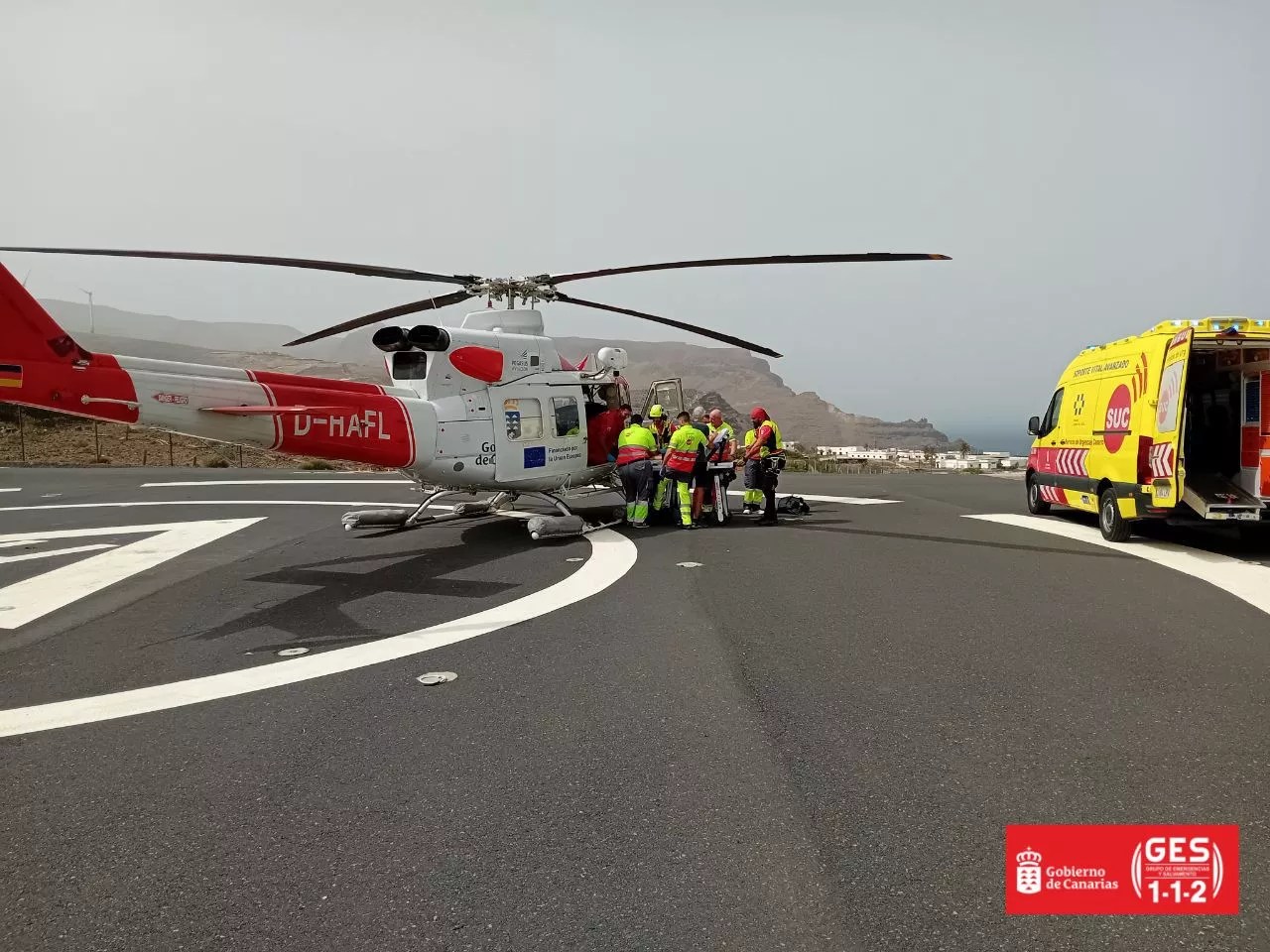Business groups in the region do not reject the construction of the Southern train, but they do consider that it is not the priority at this time. In contrast, supra-municipal employers understand that it is very necessary and an important part of the solution to the mobility problem that the Island suffers.
Jorge Marichal, the president of Ashotel, recalls that technicians see this solution in public transport, “and the one that works best in territories such as the Canary Islands is guided, hence why it is not understood why it is given so much thought.” Taking into account the time that has elapsed since this infrastructure was proposed, he criticizes that “we get lost in studies and projects while other islands overtake us on the right and on the left.”
Marichal (Ashotel) demands works now and Villalobos (Femete) expresses a “strong yes”
What is happening with the railway to the South is another example that “we are missing the train of development.” As a businessman and resident of the region, the president of the Tenerife and Spanish hotel management association understands that its realization “does not only have to do with sustainability, but with quality of life. An hour and a half in traffic jams in the morning and in the afternoon does not make us happier.” He demands of political leaders “that they begin to carry out works, that what is necessary is infrastructure.” If not, he predicts that the “chaotic situation” in which mobility in Tenerife has been immersed will last for the next decade.
In the South, traffic is pointed out as one of the most serious problems. Roberto Ucelay, president of the Circle of Entrepreneurs and Professionals (CEST) points out that they have been demanding measures for seven years “with no solution on track, neither projected nor in execution.” Consequently, he is in favor of building the train “if all the funds from Europe and the Spanish Government are received, as has happened with all the railway infrastructures in the country.” In the Circle “we are in favor, but for the CEST it is not a priority.”
Questioned solution
Antonio Luis González, who chairs the Association of Entrepreneurs, Merchants and Professionals of Arona (AECP Arona), agrees in questioning the urgency of this work. The finalist nature of European funds leads him to warn that “if the train is not made, there is no money.” Value the environmental aspect of guided transport and commit to it “if it contributes to generating economy in the South”. However, “we do not see it as a solution to the traffic situation.” In practical terms, he points out that “the train cannot stop at all the altars. A journey that exceeds 40 minutes will make people continue using the car. Conclusion: We are in favor, but it is not a priority.
Ucelay (CEST) wants other works first and González (AECP) asks that “it does not stop at all the altars”
Alberto Villalobos, president of the Provincial Federation of Metal and New Technologies Companies of Santa Cruz de Tenerife (Femete), expresses a “resounding yes”. He maintains that “it is a strategic infrastructure for the development of the Island due to the multiple benefits for the citizens and all the economies that it would generate.” With the premise that “it would be an excellent alternative, also sustainable from an environmental point of view”, Villalobos understands that it alleviates “the excessive and growing traffic of private vehicles that the roads of Tenerife suffer and, specifically, the South highway. An overwhelming problem.”
In his analysis he introduces, as one of the positive consequences, «the enormous volume of investment that Tenerife would attract and, therefore, the generation of wealth and employment». Therefore, he advocates the implementation of the train. He concludes by calling for the unity of public administrations, political parties, trade unions and citizen organizations “for the prosperity and development of the Island.”
Nonsense and destruction
The train of the South “is an economic nonsense and an environmental destruction.” The Ben Magec–Ecologistas en Acción collective assures that “it will not only occupy space with the projected 80-kilometer railway”, but that it will “devour territory to build the entire network of infrastructures necessary to connect the seven stops with the population centers along its route. ». It lowers the cost of the work to 1,600 million, money that will come from the administrations that “will deplete the public coffers at a historical moment of pressing needs, such as health, dependency and education.” He recalls that the studies carried out show that it is not profitable, stresses that “it is not necessary to expand more highways or build megaprojects” and is committed to investing in public transport, shuttle buses to move workers at low cost, buses on demand and the name of exclusive sections to give priority to the bus with the bus lane and the BUS-HOV lane.

















